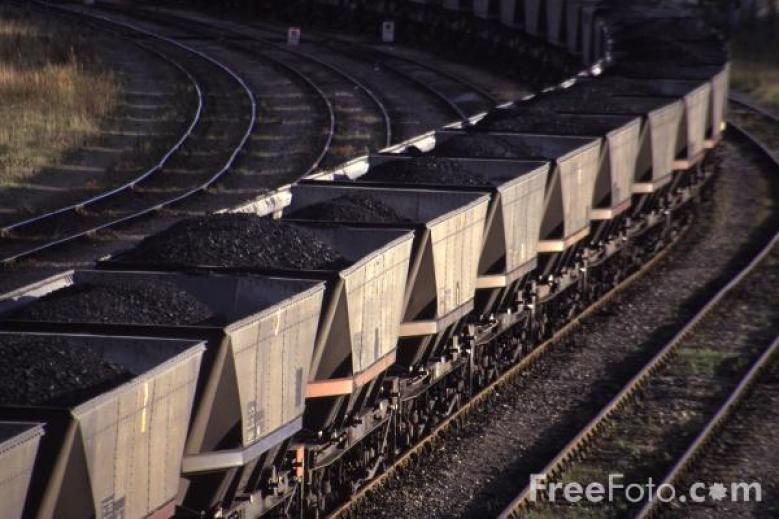CCC/231 ISBN 978-92-9029-551-8
January 2014
copyright © IEA Clean Coal Centre
Abstract
It has been estimated that 780 Mt of coal combustion products (CCPs) were produced worldwide in
2010. Only about 53.5% were utilised, the rest went to storage or disposal sites. Disposal of coal
combustion waste (CCW) on-site at a power plant may involve decades-long accumulation of waste,
with hundreds of thousands, if not millions, of tonnes of dry ash or wet ash slurry being stored. In
December 2008, a coal combustion waste pond in Kingston, Tennessee, USA burst. Over 4 million
cubic metres of ash sludge poured out, burying houses and rivers in tonnes of toxic waste. Clean-up is
expected to continue into 2014 and will cost $1.2 billion. The incident drew worldwide attention to
the risk of CCW disposal. This caused a number of countries to review CCW management methods
and regulations. The report begins by outlining the physical and chemical characteristics of the
different type of ashes generated in a coal-fired power plant. The amounts of CCPs produced and
regulations on CCW management in selected countries have been compiled. The CCW disposal
methods are then discussed. Finally, the potential environmental impacts and human health risks of
CCW disposal, together with the methods used to prevent them, are reviewed.
| Attachment | Size |
|---|---|
| 1.6 MB |


